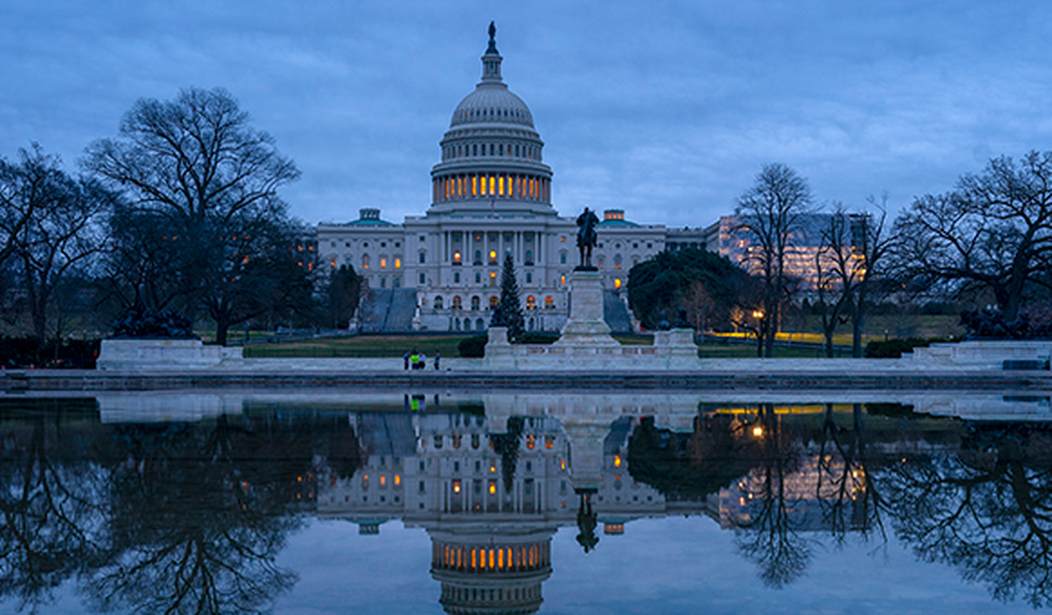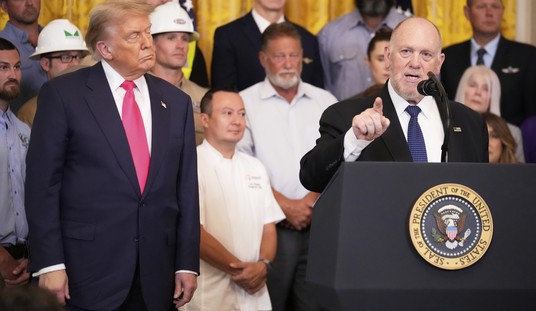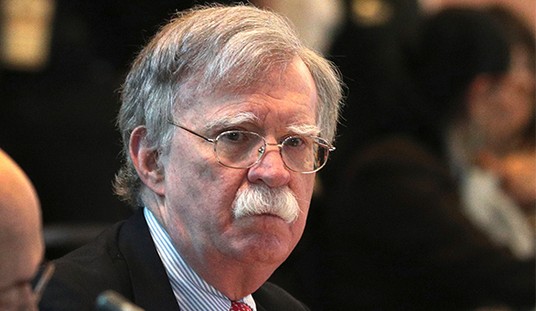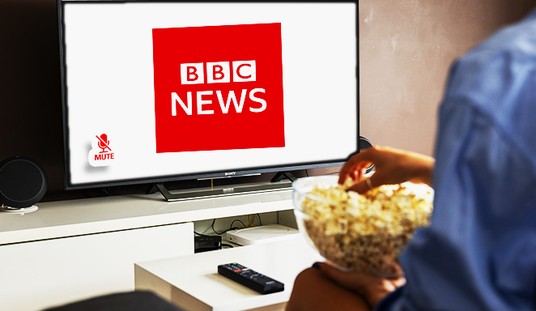Congress is currently addressing what may be the most onerous legislative agenda in recent memory – an agenda that, if passed, would do irreparable long-term damage to the U.S. economy. This, despite President Biden’s consistent claim that the various proposals cost $0.
First, there is the $1.2 trillion “infrastructure” bill. The term infrastructure should be used loosely, as only approximately 9 percent of the bill allocates funds towards physical infrastructure. It would add up to $351 billion to the national debt, all for a bill that will have “no significant effect” on economic production according to the Penn-Wharton Budget Model.
Second, there is the linked $3.5 trillion “social spending” bill, a proposal created almost entirely in service of socialist objectives. The Committee for a Responsible Federal Budget (CRFB) estimates the bill could actually cost $5 trillion to $10 trillion if some of the programs are made permanent. The debt incurred would be astronomical; the CFRB estimates it will “require nearly $1 trillion of direct borrowing and set the stage for roughly $2.9 trillion of total borrowing over the next decade.” A scaled-down version, which seems increasingly likely as the days go by, would only be marginally less damaging.
The third item of concern for Congress is, of course, the impending default of the United States Treasury, should the debt ceiling not be raised. It is reckless spending initiatives such as these two bills (as well as massive government outlays for inefficient and counterproductive COVID-19 related economic stimuli) that have directly led our nation to the brink of calamity.
Make no mistake – it would be economically devastating if the U.S. government defaults on its debt. I do not often agree with Janet Yellen, but her claim that “the full faith and credit of the United States would be impaired, and our country would likely face a financial crisis and economic recession” is on the mark.
Despite stubbornness from both parties, Congress will hopefully come up with a solution that avoids default – ideally, one that does not involve minting a $1 trillion coin.
This having been said, these infrastructure and social spending bills in and of themselves should not be the primary reason for apprehension. The larger, overarching concern is the growing consensus amongst Democrats that the national debt does not matter; that they can keep exponentially increasing the debt limit (currently at $28.4 trillion) to further their goal of a socialist America.
This irresponsible sacrifice of our nation’s long-term economic health to whimsical social reform is aligned with a movement amongst many radical progressives to embrace a macroeconomic ideology called Modern Monetary Theory (MMT). The theory is based on the insidious yet seductive notion that countries in complete control of their own fiat currency can operate with zero monetary constraints, and may spend, tax, and borrow at will without fear of deleterious economic consequences.
Economist Robert Murphy of the Mises Institute has long been an intense critic of the theory (as many rational economists are), and he boils MMT down to this:
“Because the Federal Reserve has the legal ability to print an unlimited number of dollars, we should stop worrying about how the government will ‘pay for’ the various spending programs the public desires. If they print too much money, we will experience high inflation, but Uncle Sam doesn’t need to worry about ‘finding the money’ the same way a household or business does.”
The idea that government can just spend any amount of money at will without consequence flies in the face of even the most basic economic principles.
The first issue with this is, of course, inflationary pressure caused by the increase in the money supply. The traditional response to inflationary pressure in the United States has been for the Federal Reserve to raise interest rates, which creates higher costs to borrow.
However, MMT proponents often claim that raising interest rates is unnecessary, and that the Fed should instead decrease interest rates as much as possible to encourage lending. The Fed under Jerome Powell has kept the interest rate at 0 percent for the entirety of the pandemic. In recent years, the Fed has coordinated this decrease in interest rates with a massive increase in quantitative easing, which only further enables reckless government spending.
Nothing could go wrong here, right?
Let’s examine a few instances of this foolproof strategy’s implementation.
In Venezuela, President Nicolas Maduro continued massive socialist reforms begun by predecessor Hugo Chavez, entirely financed via government deficit spending. The result: hyperinflation. By 2019, the inflation rate in Venezuela was more than 10 million percent, leading to the collapse of the bolivar (and the economy).
From 2007 to 2009, socialists in Zimbabwe attempted a similar strategy. The result: again, hyperinflation. By November of 2008, the inflation rate peaked at 89.7 sextillion percent – a number that contains more zeros than I care to type.
In the years after World War I, Germany’s Weimar Republic faced the consequences of its massive deficit spending and expansion of the money supply that was used to finance the war effort. By 1923, hyperinflation was so bad that it cost more than $200 billion marks to buy a single loaf of bread. German citizens had to cart their currency in wheelbarrows.
Many MMT apologists point to Japan as a successful case study for their theory, indicating the government’s combined utilization of deficit spending and quantitative easing (the first large-scale case of its use) without creating inflation. The Japanese government spent trillions on myriad programs, intervening to such a degree that natural market forces were no longer able to equilibrate, while also crowding out private, profit-seeking companies from much of the business sector. This has led to significant economic stagnation; from 1995 to 2019, Japan’s GDP has been reduced from approximately $5.5 trillion to $5.07 trillion: an 8.5 percent decrease. In contrast, U.S. GDP has nearly tripled during the same interval, from roughly $7.5 trillion to $21 trillion.
One of the more unpleasant scenarios to envision is one in which an economy is faced with both high inflation and lack of growth – which is precisely what occurs when counterproductive policy is implemented and financed by a money printing spree. In fact, this has already happened in the United States. We experienced a period of intense “stagflation” throughout much of the 1970s, in which the inflation rate peaked at nearly 13.5 percent, accompanied by high unemployment and low GDP growth.
The primary cause of this significant recession was substantial government deficit spending engendered by President Lyndon Johnson’s socialist-themed Great Society reforms, as well as consistently high expenditures on the Vietnam War.
Does this sound familiar?
History is repeating itself, as it always does when no one pays attention. There are indications the economy is moving in a similar direction already.
This time, however, it may very well be worse. Not only is our economy becoming increasingly unstable and riddled with socialist influences, but our agency in managing our own currency and providing a stable unit of exchange for the rest of the globe has been imperiled.
Jack McPherrin is an editorial intern at The Heartland Institute.













Join the conversation as a VIP Member